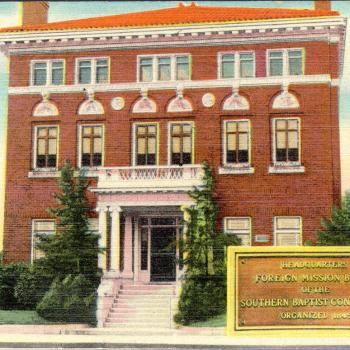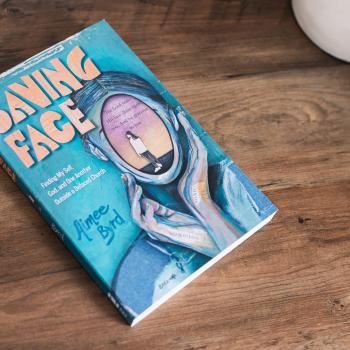It depended. “Multiple freedoms and multiple opportunities reinforced each other,” writes historian Jane Smith in The Gospel of Gentility, “and [female missionaries] described themselves as “fulfilled,” “found,” and “happy.” “My face is so red and rosy I look like I had had an over dose of paint,” wrote Jessie Ankeny after arriving in Fukien. “I am feeling better and more full of vim, more rested than I have felt for four years anyway.” Many female missionaries seemed grateful for the considerable opportunities that awaited them in China.

Southern Baptist missionary Lottie Moon said that her new independence in China had transformed her from “a timid self-distrustful girl into a brave self-reliant woman.” Elsie Clark wrote to her parents back in America, “Life is rich and full, and grandly significant. I wish I could step into your presence and enflame you with the wonder of it.” On balance, women were certainly given opportunity to extend beyond the “womanly” sphere abroad more than if they had been in China.
But sometimes it was too much. In 1912, Lida Ashmore’s husband, against her advice, took on two extra jobs: superintendent of Sunday schools and manager of the station bookstore. “And now he wants me to do the work,” she complained. As Smith writes, “As assistant missionaries to their husbands and to the parent boards as a whole, married women remained caught within domestic and male hierarchies.” Married missionaries felt this tension most acutely. They were often burdened with a double duty of normal domestic chores and their new leadership roles on the mission field. Whatever the new opportunities, those chores could not be neglected.
More often, however, the new opportunities were not enough. Smith writes, “Though women of the American Board at this time had limited voting privileges, like married women of other boards, they were considered by the parent board to be extensions of their husbands.” At the Presbyterian meetings where the famous novelist Pearl S. Buck worked, women weren’t allowed to speak. They dutifully sat next to their husbands knitting. Smith recounts, ‘They all knitted while their men gave reports and passed laws of the church and made prayers. Their strong hard fingers flew while they had to remain mute. Into these stitches went what curbed desires and stubborn wills and plans! They would have burst without that vent!” The emerging feminism of Buck, according to Smith, grew out of her profound outrage at the treatment of her mother by her missionary father and the Presbyterian Church.
A full century later this ambivalent legacy remains. In the SBC, for example, female missionaries still outnumber male missionaries, and the two major annual mission offerings are named after women: Lottie Moon and Annie Armstrong. This, despite a conservative resurgence in the 1980s that has sharply limited women in church leadership.












